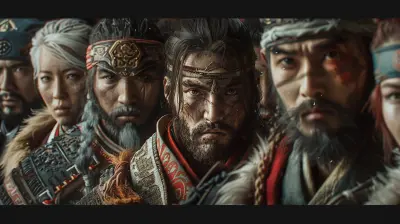Building Worlds with Layers: Creating Depth in Game Design
28 July 2025
Ever played a game that felt so alive, so immersive, that you caught yourself trying to open a chest in your kitchen? Yeah… same. Whether it’s the lush forests of Hyrule or the chaotic streets of Night City, great games don’t just throw pixels at your face—they build worlds. And the secret sauce? Layers. Not lasagna-layers (though delicious), but design layers that give a game depth, meaning, and most importantly—make it feel like a real place.
So buckle up, adventurer. We’re diving deep into how layers in game design create more than just a pretty map—they build whole universes that stick to your brain like that one NPC who just won’t stop talking about their cabbage cart.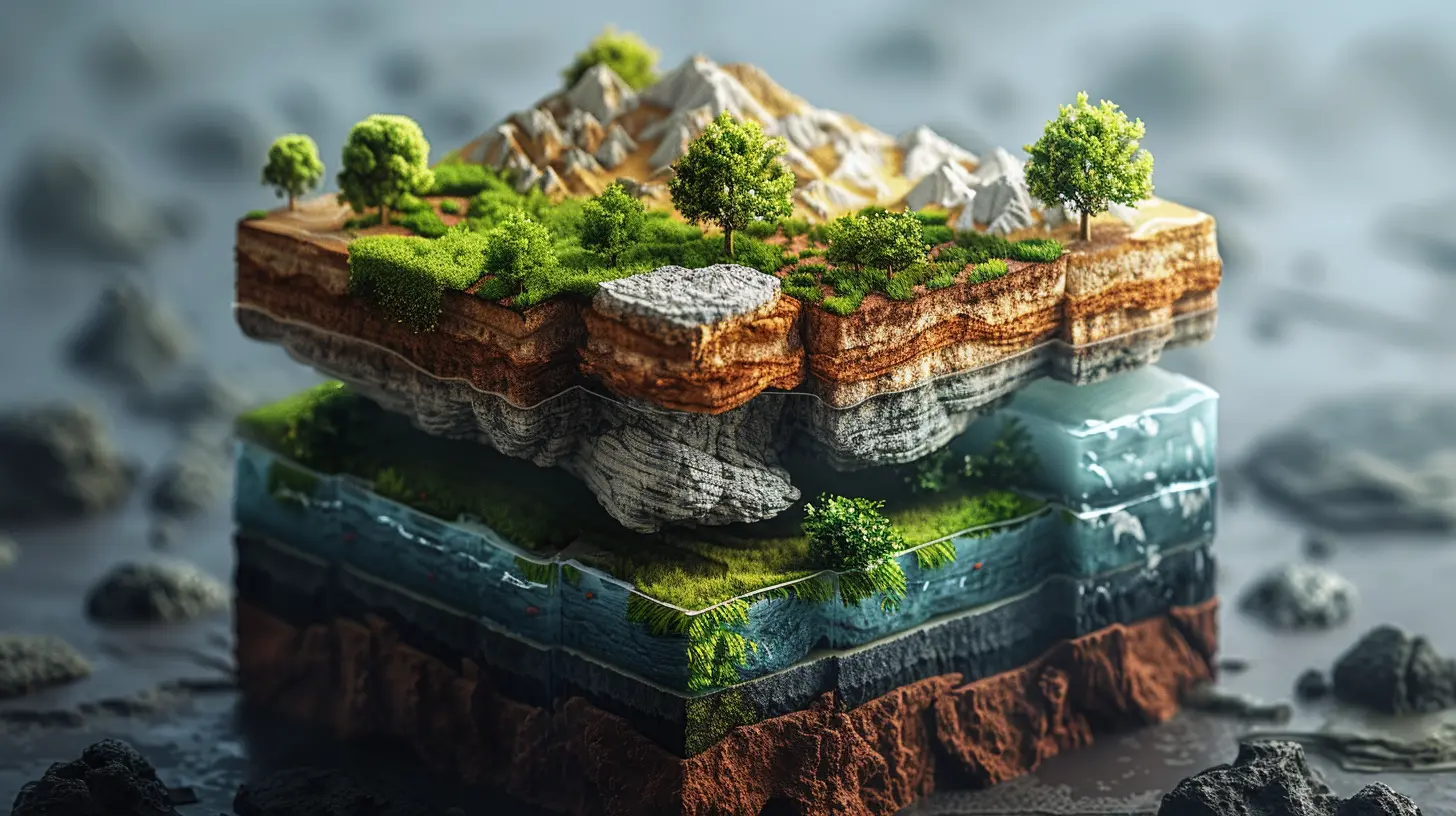
What Do We Mean by "Layers" in Game Design?
Let’s not get too 'Game Dev 101' here, but when we say layers, we’re not talking graphic overlays (although yes, those exist too). We’re talking conceptual layers—the different levels of meaning, interaction, storytelling, and mechanics that stack on top of each other to form rich, believable game worlds.Imagine a cake. Not just any cake. A triple chocolate fudge cake with whipped cream, sprinkles, and maybe some of grandma’s secret liqueur in the mix. Every layer adds something unique. That’s how layers in game design work. You've got everything from narrative, world-building, gameplay mechanics, environmental storytelling, and even background lore that nobody asked for but everyone appreciates.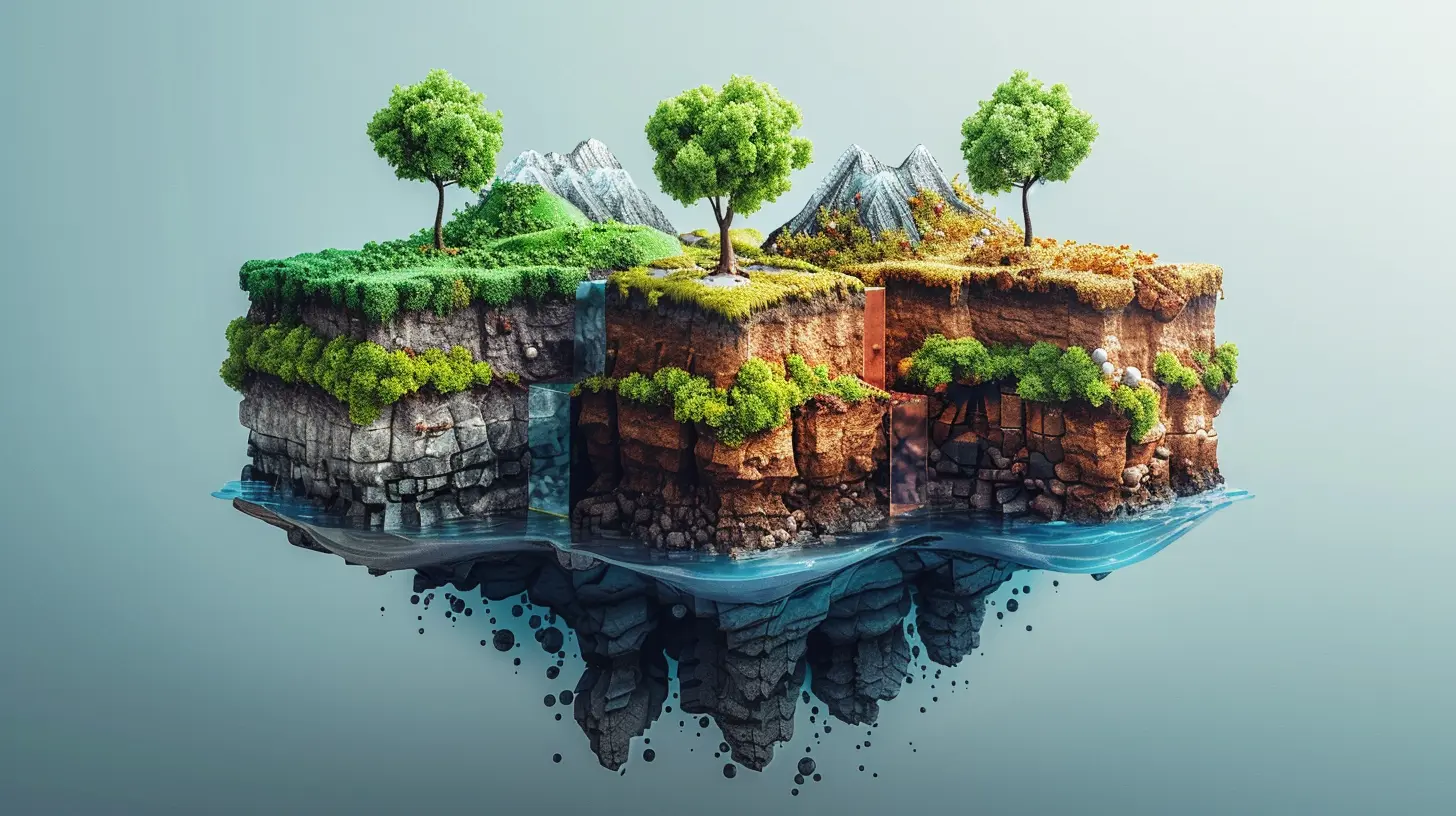
Layer 1: The Visual and Environmental Design 🍃
First impressions matter, even in video games. The environment is the cover letter of your game world. It tells the player, “Hey, look around. Doesn’t this feel like somewhere worth exploring?”Games like Red Dead Redemption 2 or Ghost of Tsushima aren't just beautiful; they're layered with visual storytelling. Notice the broken wagon wheel on the roadside? That’s not just scenery—it hints at an event, a story, maybe even a side quest.
Here’s what makes visual layers pop:
- Ambiance and Mood: Misty forests feel spooky. Sun-drenched deserts feel lonely (and sandy... so sandy).
- Environmental Storytelling: A blood-stained sword on the ground tells a tale without dialogue.
- Landmarking: Big ol' towers and funky trees help with navigation and spark curiosity.
These elements form the base layer. They set the tone. They whisper, “There’s more to see, champ—keep going.”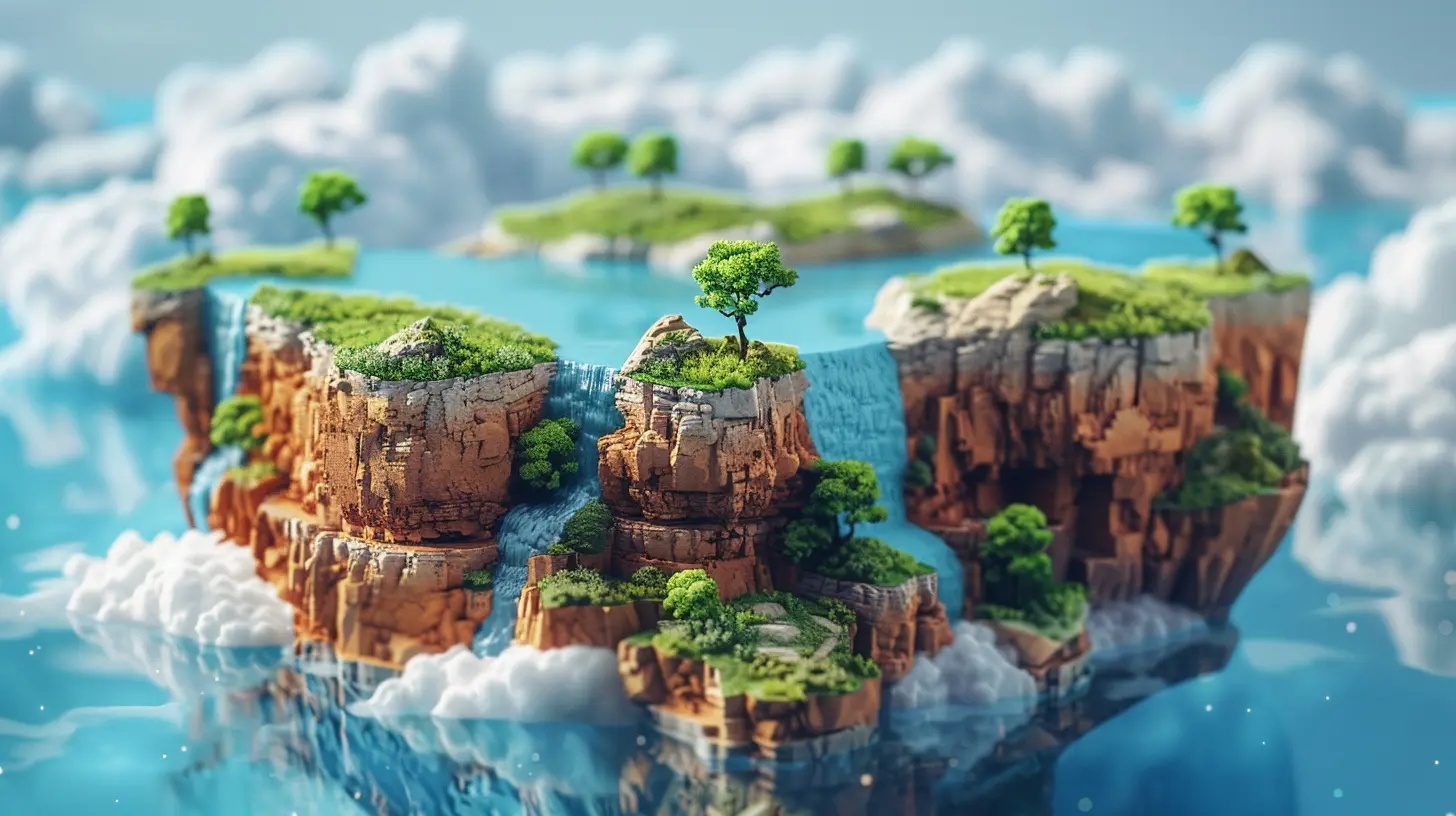
Layer 2: Gameplay Mechanics and Systems ⚙️
Now let’s add the meat to the bones (unless you’re vegan—then we’re using tofu metaphors). Gameplay mechanics give players agency. And layered mechanics? That’s where it really starts cooking.Think of Breath of the Wild. You’re not just climbing a mountain because it’s there; you’re doing it because maybe the weather’s changing, you’re running low on stamina, and a Korok is probably giggling behind a rock. Every system—stamina, weather, physics—overlaps, creating a depth of experience that feels organic.
Here’s what layered gameplay looks like:
- Interconnected Systems: Physics, time, resource management, and combat working in harmony or sweet, sweet chaos.
- Player Freedom: Multiple ways to solve a problem. Sneak past guards or go full Leroy Jenkins? Your call.
- Dynamic Worlds: Stuff changes. NPCs move around, the weather affects combat, rivers sweep you off your feet (literally).
These gameplay layers subtly teach players the rules of the world without needing a tutorial that lasts longer than a Tolkien novel.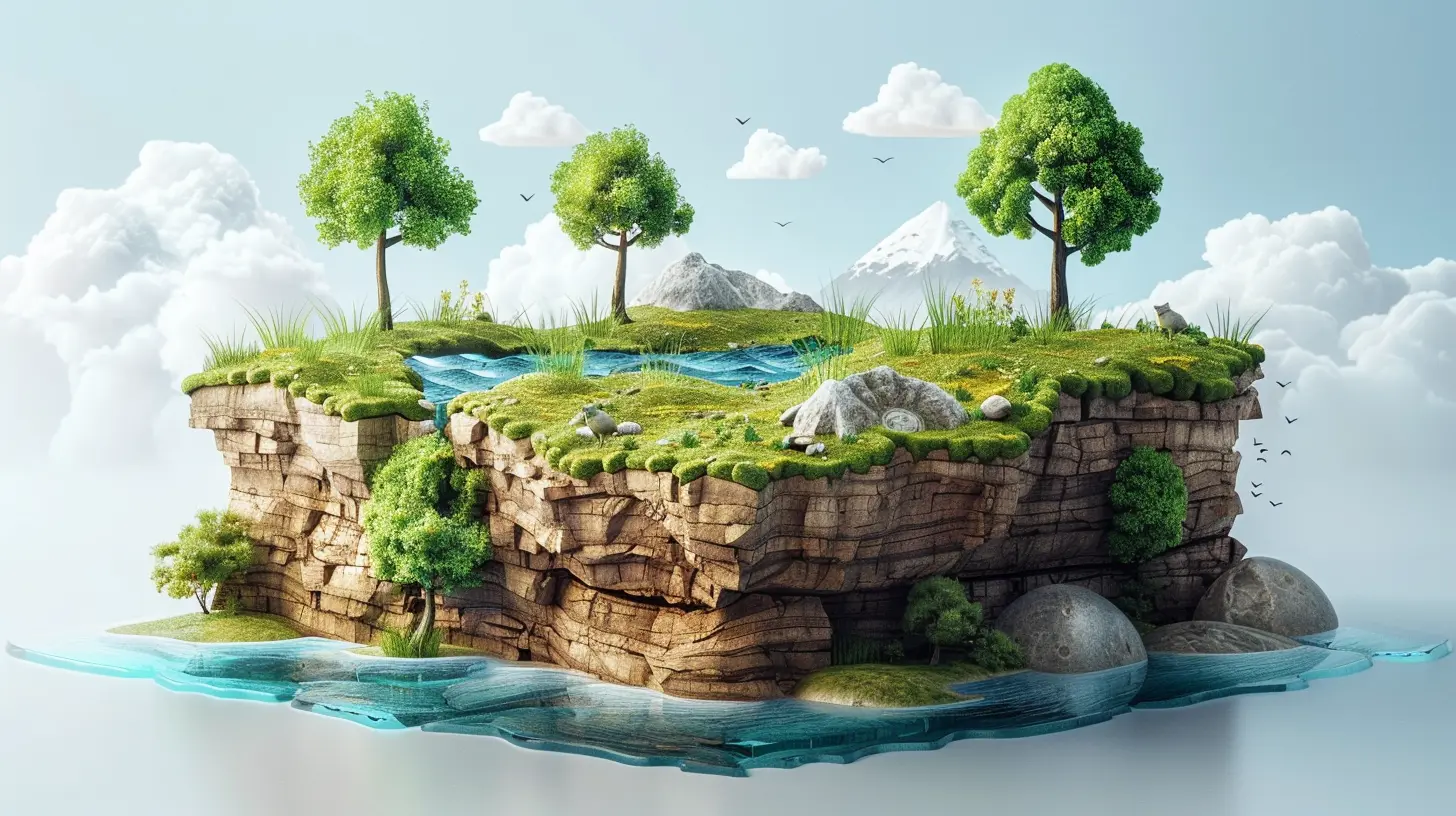
Layer 3: Narrative and Storytelling 📜
Ah yes, the soul sauce. Story. It’s what makes us care whether we succeed or fail. But great world-building doesn't just dump exposition on your head like a bucket of cold lore-water. It layers the narrative like a good mystery novel.Let’s talk Mass Effect. Sure, you’ve got a main story that's as epic as space operas get. But the real juice? It's in the side quests, the scattered datapads, the weird little bar conversations. These mini-stories weave together into a tapestry that makes you feel like you're living in that universe.
Storytelling layers include:
- Main Narrative: The big, juicy plot line. Usually involves saving the world or something equally dramatic.
- Side Quests: Little stories that flesh out cultures, characters, and lore.
- Environmental Lore: Writings on the wall, books, graffiti, and objects that tell background stories.
- Player Choice: Letting your decisions actually matter (cough looking at you, some games).
The combination of these layers makes stories personal. Even if two players follow the same path, their experience feels entirely different.
Layer 4: Audio and Music Layers 🎧
You ever walk into a dungeon and immediately know something’s about to go sideways, just because the flute music turned into creepy chanting? Yeah—that’s the power of audio.Music and sound design create emotional cues. They’re the unsung heroes (pun intended) of immersive game worlds. Whether it’s the gentle hum of machinery in a sci-fi lab or the chirping of birds in a fantasy village, these sounds add rich texture.
How audio layers enhance depth:
- Ambient Sounds: Helps define location (caves echo, forests rustle).
- Dynamic Music: Changes based on time, weather, or battle situations.
- Audio Storytelling: Eavesdropping on NPCs, radio broadcasts, or creepy whispers from the void.
- Player Feedback: Footsteps on different surfaces, weapon clinks, distant thunder.
This is the layer nobody notices—until it’s gone. Remove it, and the world feels flat. Like soda without fizz. Or Skyrim without the intro music. Travesty.
Layer 5: Cultural and Social Contexts 🏛️
Next up: the stuff that makes your world feel lived-in. Culture, politics, religions, economies—these aren't just flavor text. They're essential ingredients in turning your fantasy world into something players believe in.Let’s take The Witcher 3. The Northern Kingdoms aren’t just pretty backdrops. They’re steeped in history, racial tensions, economic struggles, and moral grey areas. A peasant’s grumble about taxes hints at larger systems at play.
Here’s how to weave those cultural threads:
- Faction Systems: Politics between groups. Includes backstabbing, espionage, and drama (A+).
- In-World Beliefs: Gods, myths, customs. They influence quests and character behaviors.
- Economics and Trade: Adds realism. If everyone has a magical sword, then they're not so magical.
- Languages and Dialects: Regional speech patterns, swears, and sayings (extra fun).
These brainy layers add logic and consistency to the world. They answer the question: “Why does this place feel real?”
Layer 6: History and Time 🕰️
What’s the difference between a shiny new RPG and one with depth? History. If your world just popped into existence five minutes ago, that’s boring (and a little creepy). Worlds with timelines, legends, and consequences have weight.This is where background lore shines. A crumbled statue? Maybe it was a king centuries ago. That creepy abandoned village? Oh, it was cursed during a war. Suddenly, your current quest has echoes of the past.
To build time into your world:
- Timeline of Events: Wars, inventions, rises and falls of empires.
- Change Over Time: Buildings decay, cities evolve.
- Legacy Systems: The past affects the present. Think Dark Souls—everything is decaying and nobody’s okay.
Layers of time make every action feel like it’s part of something bigger. It's like walking into a party that started centuries ago—and you're the new (and slightly confused) guest.
Why Do Layers Matter?
Okay, you might be thinking, “Cool, layers. But I just wanna stab stuff and level up.” Fair. But here’s the thing—you might come for combat, but you stay for the world.Games with deep layers:
- Stick in Memory: You remember them years later, like your first crush or a rogue bean in a burrito.
- Encourage Exploration: You WANT to poke around because there’s always something to uncover.
- Feel Real: They act alive, not like stiff cardboard cutouts.
- Invite Storytelling: Players make up their own stories within your world.
So yeah, stabby-stabby combat is fun—but layered design is what makes that sword swing mean something.
So, How Do You Build These Layers?
A game designer isn’t just throwing stuff at a wall and hoping it sticks (unless it's spaghetti testing day). Building layers takes intentionality. Here’s how the best do it:1. Start with the Core Idea: What's the emotional or thematic heart of your game?
2. Build Outward: Add mechanics, visual themes, and narrative that supports this core.
3. Tether Systems Together: One system should flow into another. Don’t let things feel disconnected.
4. Iterate and Polish: Test. Polish. Repeat. If your world's flat, add whipped cream—wait, I mean layers.
5. Listen to Your Players: They’ll find gaps (and probably a few bugs).
It’s like building a club sandwich. Start with good bread (your concept), then stack it with juicy, crunchy, flavorful stuff (design, mechanics, story). And don’t forget the pickle on top (surprise features or juicy twist endings)—because everyone loves pickles. Right?
Final Thoughts: The Magic's in the Layers ✨
Whether you're creating a humble pixel art farming sim or a massive space-faring RPG, layered design is what transforms your game from “neat idea” to “masterpiece.” It’s what makes players care. What makes them see the world, not just play it.So next time you're firing up your controller or polishing your indie dev concept, remember this: A good game entertains. A deeply layered game? It enchants.
Now go forth—and build worlds that breathe.
all images in this post were generated using AI tools
Category:
World BuildingAuthor:

Emery Larsen
Discussion
rate this article
2 comments
Amy Lamb
Building worlds with layers? Sounds like my last attempt at making a lasagna—too many layers, not enough cheese! Here’s to well-crafted game designs that don’t fall apart!
November 24, 2025 at 3:59 PM

Emery Larsen
Thanks for the laugh! Just like a great lasagna, a well-crafted game world needs balance and the right ingredients to succeed. Here’s to finding that perfect blend!
Amanda McFee
This article beautifully highlights the art of layering in game design. Crafting rich, immersive worlds not only captivates players but also enhances their emotional connection. Keep inspiring us with your insights on depth in gameplay!
August 5, 2025 at 3:03 AM

Emery Larsen
Thank you! I'm glad you enjoyed the article and found the insights valuable. Layering truly does enrich the gaming experience!
